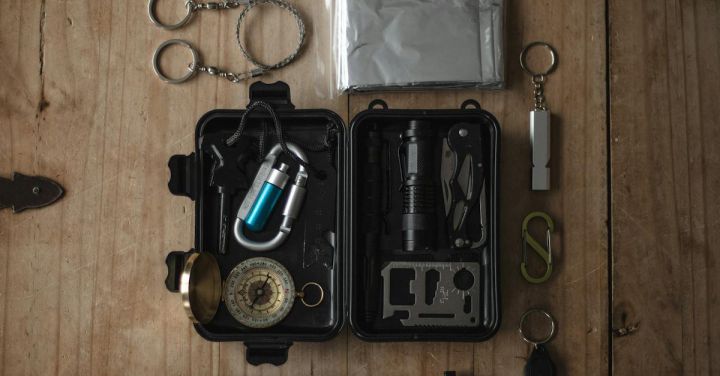What Should Be in Your Emergency Survival Kit?

No one wants to think about being in an emergency situation, but being prepared can make all the difference. Having an emergency survival kit ready can provide you with the necessary supplies and tools to help you through a crisis. Whether you are facing a natural disaster, a power outage, or any other unexpected event, having a well-stocked survival kit is crucial. Here are some important items that should be in your emergency survival kit.
Water and Food Supplies
In any emergency situation, access to clean drinking water is essential. It is recommended to store at least one gallon of water per person per day for a minimum of three days. Additionally, you should include non-perishable food items in your survival kit that can last for at least three days. Choose items that are easy to prepare and require little to no cooking. Canned goods, protein bars, and dried fruits are all good options.
First Aid Kit
A well-equipped first aid kit is a must-have in any emergency survival kit. It should include items like adhesive bandages, antiseptic wipes, gauze pads, medical tape, tweezers, and scissors. Additionally, include any prescription medications that you or your family members may need. It is essential to regularly check and restock your first aid kit to ensure that all items are up to date and usable.
Emergency Lighting and Communication
During a power outage or any other emergency situation, having a reliable source of light is crucial. Include items such as flashlights, extra batteries, and glow sticks in your survival kit. A battery-powered or hand-crank radio is also important for staying informed about the situation and receiving updates from authorities. Don’t forget to include a whistle as it can be used to signal for help in case of an emergency.
Emergency Shelter and Warmth
If you are forced to leave your home or are unable to stay indoors, having emergency shelter and warmth supplies is vital. Include items like emergency blankets, sleeping bags, and sturdy tarps in your survival kit. A tent or a tarp can provide protection from the elements and create a temporary shelter. Additionally, pack extra clothing, including warm layers, socks, and hats, to help you stay warm in cold weather.
Tools and Supplies
Having a set of basic tools and supplies can be invaluable during an emergency situation. Include items like a multi-tool, duct tape, a can opener, a wrench, and a utility knife. These tools can help you with various tasks, from opening cans to repairing broken items. It is also a good idea to have a supply of personal hygiene items, including toilet paper, wet wipes, and hand sanitizer.
Cash and Important Documents
In an emergency situation, access to cash may be limited. It is advisable to keep a small amount of cash in your survival kit, as ATMs and credit card machines may not be operational. Additionally, keep copies of important documents such as identification cards, insurance policies, and contact information in a waterproof bag. These documents can be essential for identification purposes and for contacting loved ones.
Conclusion
Being prepared for an emergency is essential for your safety and well-being. Your emergency survival kit should contain the necessary supplies and tools to help you through any crisis. From water and food supplies to first aid kits and emergency shelter, make sure you have everything you need. Regularly check and restock your kit to ensure that all items are up to date and usable. By being prepared, you can face any emergency with confidence and increase your chances of staying safe.
